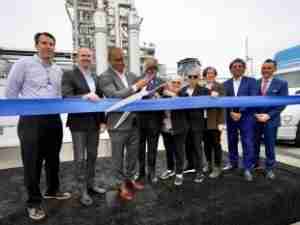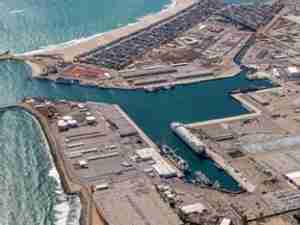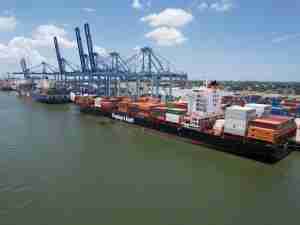On July 13th, the House Appropriations Committee marked-up and approved its FY2021 Energy and Water Development Appropriations Bill. The annual legislation provides funding for both the Army Corps of Engineers and the U.S. Department of Energy. Chaired by Congresswoman Marcy Kaptur (D-OH), the Energy and Water subcommittee included funding for the following key Great Lakes navigation priorities:
Soo Locks
The legislation provides $123.22 million, as requested by the Corps, to continue construction of a new large lock at Sault Ste Marie, Michigan in FY2021. Additionally, the Committee provides $59.2 million for construction of “locks not on the inland waterways system.” Since there are only a handful of locks not on the inland system, this language is most likely a non-earmark means of directing additional funding to the Soo Lock construction project. Keep in mind that Congress currently prohibits the practice of earmarking funds to specific projects. Last year’s appropriation bill included similar language and all the funds were ultimately directed to the Soo Lock project. Should this occur again, the Soo Lock project would receive a total of $182.42 million for FY2021. This level of funding will keep the project on schedule.

Overall HMTF Spending
The committee included a total of $1.68 billion in estimated expenditures from the Harbor Maintenance Trust Fund (HMTF). This is a $50 million increase from last year and represents an estimated 92% of Harbor Maintenance Tax revenue from the previous year. Over the last decade, AGLPA has been worked with coalition partners to increase overall HMTF spending and catch up on the Corps’ $550 million maintenance backlog in the Great Lakes. The ultimate goal is for Congress to spend 100% of the revenue coming into the trust fund.
Legislation enacted earlier this year provides that expenditures from the trust fund will not be counted against Congressional budget caps.
Harbor Dredging and Structure Repair
The legislation includes amounts as requested by the Corps for dredging and structure repair at key Great Lakes ports, including the following:
Calumet Harbor $6.236 M
Chicago Harbor $3.8 M
Burns Harbor $4.467 M
Indiana Harbor $7.576 M
Detroit River $7.228 M
Rouge River $1.132 M
Saginaw River $3.057 M
Duluth/Superior $5.458 M
Buffalo Harbor $1.208 M
Ashtabula Harbor $2.293 M
Cleveland Harbor $8.761 M
Toledo Harbor $5.738 M
Erie Harbor $1.618 M
Green Bay Harbor $3.084 M
Sturgeon Bay $1.534 M
The legislation also includes a $570 million slush fund of additional funds for deep draft harbors that the Corps of Engineers will assign to individual projects when they develop their workplan in early 2021. It is possible that the projects in the Great Lakes will ultimately receive some of these additional funds, depending on need.
Stimulus Spending
The legislation also includes additional infrastructure investments designated as “emergency spending” to provide economic stimulus in response to the current recession. Such emergency spending is also not counted against Congressional budget caps.
Of key interest is an additional $10 billion (yes, billion) for Corps of Engineers’ construction activity, and an additional $5 billion for Corps of Engineers operation and maintenance activities. These huge amounts would help erase the backlog of Corps maintenance and construction projects throughout the nation.
It is uncertain how the Senate will react to the stimulus funding provided in the regular appropriation bills developed by the House. At a minimum, House Appropriators have thrown down a policy marker and clearly want navigation investment to be part of any future economic stimulus legislation.
It is uncertain when this bill will go to the House floor for debate or when the Senate will take up its version of the legislation.






_-_28de80_-_58820516bd428ab3fd376933932d068c43db9a4a_lqip.jpg)




